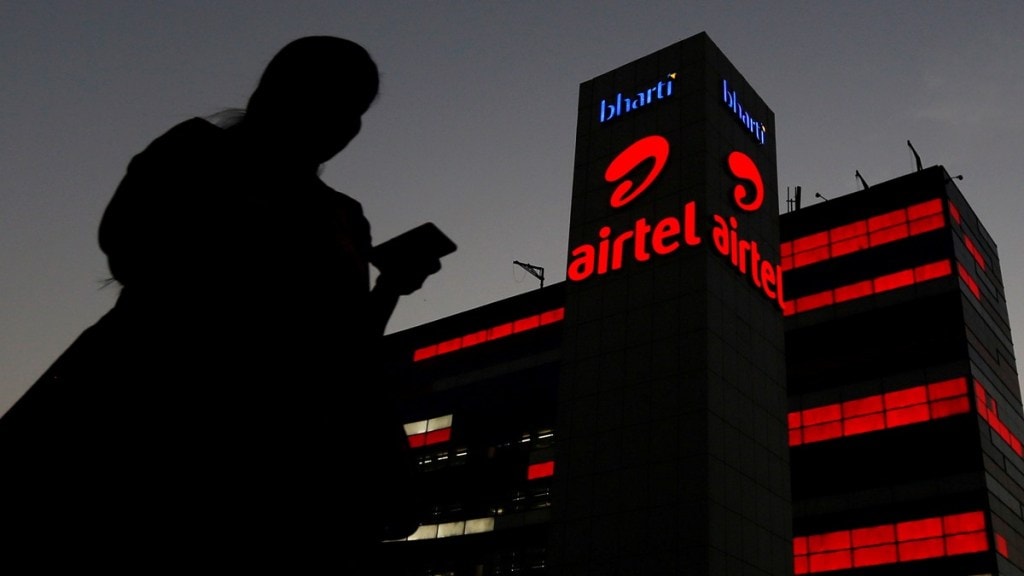Bharti Airtel’s capital expenditure (capex) will come down in FY25 as the company has completed vast part of the 5G rollout as well as made planned investments to improve its market share in rural areas, in the current financial year ending March, the company’s CEO and managing director Gopal Vittal said on Tuesday.
While Vittal did not share details about how much the capex is expected to come down, analysts expects the company’s capex intensity in the country to come down to Rs 15,000-16,000 crore in FY25 from the expected Rs 30,000 in FY24, a fall of near 46%. Till December, the telecom operator has spent about Rs 25,000 crore largely due to rollout of 5G networks and rural expansion.
“We are not giving any specific guidance on this (capex) because it is a competitive market and we will wait and watch but I would say that we are confident that capex will moderate,” Vittal said during the October-December quarter earnings call with analysts.
“In long term, what the capex to revenue ratio should be…it all depends on what happens to the industry in terms of tariff repair and with tariff repair capex to revenue will clearly drop further,” Vittal said, adding that most telcos globally operate between 15-20% capex to revenue ratio and there is no reason for Airtel not to operate at that level in the future.
Capex to revenue ratio shows how much money a company is spending on investments relative to how much money it’s making from sales. A higher ratio indicates that the company is heavily investing in its growth, while a lower ratio means that the company is focusing more on its current operations.
In FY23, Airtel’s capex was around Rs 28,500 crore. Even as the company’s capex in rolling out networks also known as radio capex will moderate, its spending on direct-to-home, home broadband and non-mobile businesses such as data centers will continue to be consistent, Vittal said.
Besides the 5G rollout, Airtel has also deployed more than 30,000 sites to expand coverage in high potential 60,000 villages in order to improve its 4G net additions.
Next, the company is targeting to expand its coverage in five circles – Maharashtra, Gujarat, Madhya Pradesh & Chhattisgarh, Kerala, and West Bengal. In these circles, Airtel has 25,000 less tower sites compared to market leader.
“Across India, we have a position of leadership in almost 60% of the country, yet in five key circles, we have a gap of almost 18% share with the number one player,” Vittal said.
Even as Airtel currently has 65 million 5G users across the country, Vittal iterated that the company does not plan to bring differential pricing for its 5G service.
“Monetisation is about overall tariff repair, but free data on 5G is obviously a headwind on any sort of monetisation, as far as 5G is concerned,” Vittal said, adding that the fixed wireless access (FWA) service has some ability to monetise 5G, but that will be modest.
In the medium-term, with an increase in tariff from 4G to 5G, as more devices come in on 5G, Airtel will take its existing spectrum bands refarm to 5G and move to standalone architecture (SA). At present, the company is testing 5G SA on 130 sites, and it sees a gradual move from non-standalone architecture (NSA) to SA.
Non-standalone 5G uses a combination of existing 4G LTE architecture with a 5G radio access network (RAN). Standalone 5G, on which Jio has its network, on the other hand, uses a complete 5G RAN and a cloud-native 5G core.
With regard to private 5G, Airtel has deployed four to five such projects. In the October-December quarter, the company’s average revenue per user (Arpu) rose 2.5% sequentially to Rs 208 from Rs 203 in the preceding quarter. The growth in Arpu was because of increase in migration of feature phone to smartphones, prepaid to postpaid shift, as well as increase in engagement over the network with high-value subscribers.
Vittal, however, said the real improvement in Arpu will happen only with tariff repair or tariff hikes in the market. “The real improvement will come only if there is a tariff repair. As I have mentioned before, it is not a question of if it will happen, it is a question of when it will happen,” Vittal said.
On plans to discontinue 2G, Vittal said a substantial amount of its 2G customers will disappear in the next few years. Currently, 2G contributes 17% to the Airtel’s business.
“In markets like Gujarat, Maharashtra, Kerala, Mumbai, and Delhi, they (2G users) are in single digits. But you still see reasonably high contributions in markets like Bihar, UP, MP, Chhattisgarh. In my sense, in the next few years, you should start seeing substantial, almost disappearing use of 2G. We can decide what we do then,” Vittal said.
The company will continue to focus on deleveraging going forward as well. In the current financial year so far, Airtel has paid Rs 16,349 crore to the department of telecommunications (DoT) towards part prepayment of deferred liabilities pertaining to spectrum acquired in 2015 auction.
